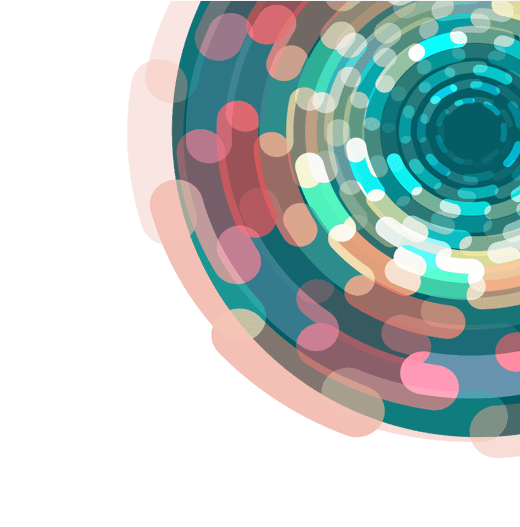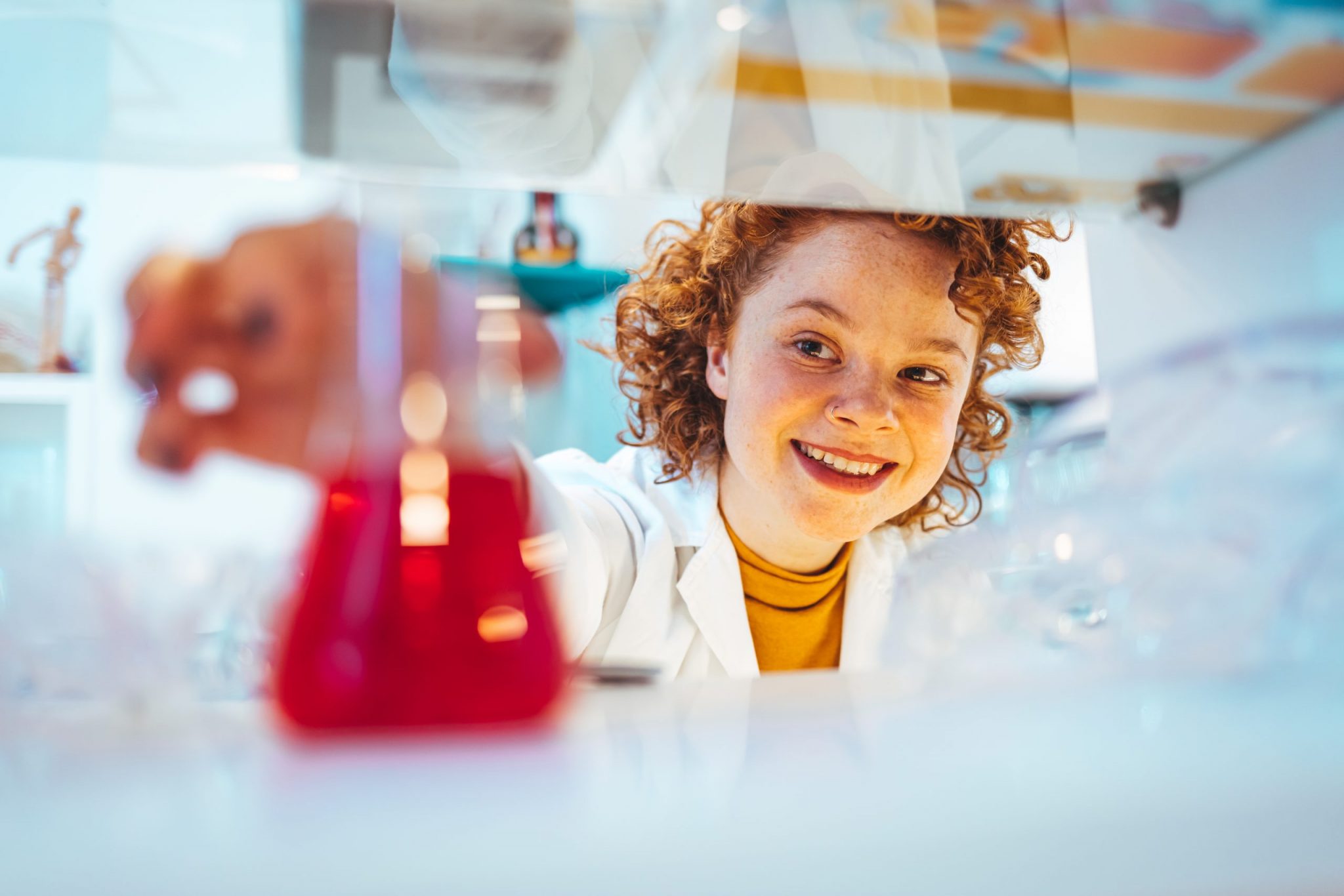The Svedberg seminar: Daniel Fürth
May 9 @ 15:15 – 16:00 CEST
Assistent Professor, SciLifeLab Fellow at Uppsala University
Hybrid event: Trippelrummet, Navet, BMC and Online
Dr. Daniel Fürth completed his Ph.D. in neuroscience at Karolinska Institutet, working on mesoscale connectomics using modified rabies virus tracing, then postdoctoral work in RNA biology and method development at Cold Spring Harbor Laboratory, Cancer Center, New York. At Cold Spring Harbor he focused on enabling functional RNA genomics in situ at subcellular single-molecule resolution. Dr. Fürth’s expertise as a leader in both wet and dry lab neuroscience is internationally recognized with a Brain & Behavior Research Foundation NARSAD Young Investigator Award and computational funding from the Chan Zuckerberg Initiative. Dr. Fürth’s lab studies how information is stored, processed and transmitted between cells. The focus is to find hitherto unknown mechanisms that can transfer symbolic information between cells. Identification of such transmission would enable us to read and write those messages.
Title of the seminar: From in situ to in vivo sequencing
Unbiased investigation of subcellular RNA localization and its control in vivo remains challenging. Current hybridization-based methods cannot differentiate small regulatory variants, whilein situ sequencing is limited by short reads. We solved these problems using a bidirectional sequencing chemistry to efficiently image transcript-specific barcodes in situ, which are then extracted and assembled into longer reads using NGS. Specific cis-regulatory elements usually found in mRNA 3′UTRs mediate RNA localization. Reverse transcription was primed towards the 3’UTR/polyA-tail junction in developing Drosophila and we discovered that in situ cDNA synthesis stalls just downstream of RNA-binding protein crosslink sites, resulting in truncated cDNAs near RNA-binding protein motifs. We utilized these stop signatures to spatially map cis-regulatory motifs in specific alternative polyadenylation (APA) isoforms. A subset of genes displayed expression of two or more APA isoforms with distinct localization in situ, to which we could identify their putative trans-acting partners. We validated our findings using both iCLIP-seq and targeted clampFISH probes. Our platform, therefore, provides a powerful way to discover novel RNA variants and protein interactions and their localization in situ. Lastly, I’ll present recent developments of a fluorogenic and non-enzymatic sequencing chemistry capable of sequencing single molecules directly in live cells with subcellular precision.


